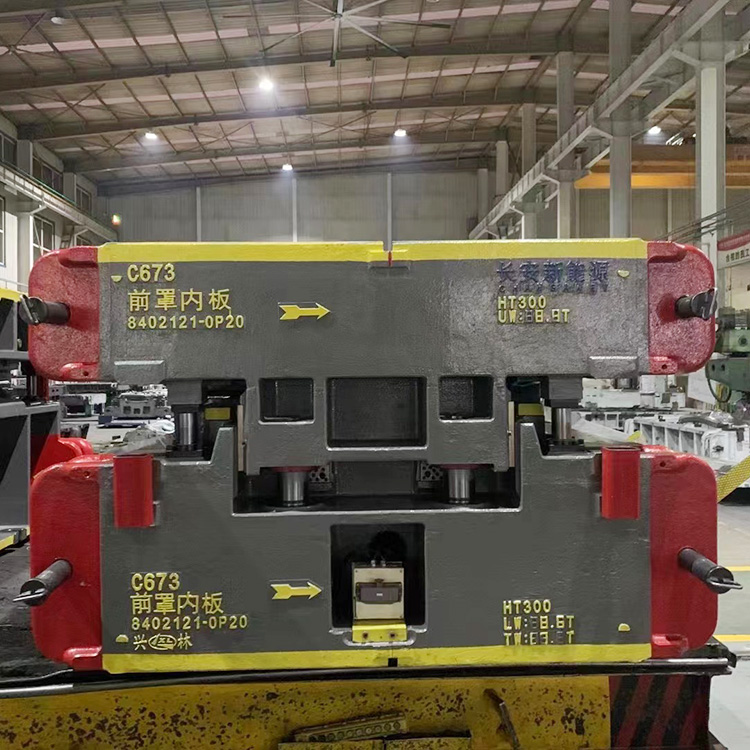The function of spring positioning pins
Release time:2023-09-03 11:07:01 Author:Zhanghe mold Current clicks:180
Do you know the functions of spring positioning pins? Explain the function of spring positioning pins to you
The spring positioning pin is mainly designed to cushion vibration and impact. The elastic positioning pin is designed with the concept of a spiral spring. The elasticity of the spring positioning pin allows it to be pressed into the hole and still maintain elasticity after being installed in the hole. If there is no elasticity, the load on the pin will be transmitted around the hole. Usually, due to the softness of the hole compared to the pin, it will cause the hole to stretch or expand, and the fit between the hole and the pin will become loose, increasing the probability of impact and hole failure. The inevitable result is premature failure of the component If applied properly, the elasticity of the spring positioning pin can play a buffering role in vibration and impact, thus avoiding damage to the holes on the components and extending the product life cycle to the maximum extent. The uniform strength and direction of elastic force will not affect the elastic and shear strength of the spring positioning pin. The pin contracts from the outer ring to the inner ring. When pressure is applied to the pin and released, such as being subjected to vibration or impact, the pin contracts and extends synchronously. Excessive load will cause the pin to shrink into a solid shape, and further stress will lead to shear failure. Under the correct application, this situation should not occur The stress transmitted to the pin during the assembly process, as well as the applied load, vibration, and impact force, are evenly distributed throughout the entire spring positioning pin. This characteristic is interrelated with the strength and uniformity of elasticity of the pin, and is an inherent characteristic of coil spring design. The concentration of stress can cause a particular point to be particularly fragile, leading to premature fatigue failure of the component. The spring positioning pin will not have stress concentration at a certain point. The elasticity, strength, and diameter of the load type coil spring positioning pin need to be appropriately combined with the matched component materials to achieve the performance of the pin. The strength and elasticity of the pin need to be balanced against each other If the strength of the pin is too strong after applying the load, it cannot shrink and will cause hole damage. If the strength of the pin is insufficient, it will shrink excessively and cause failure. The strength and elasticity should be balanced, the diameter should be appropriate, and the applied load can be transmitted without damaging the hole wall. This is why spring positioning pins provide different types of loads. The purpose is to achieve a balance of strength, elasticity, and diameter to accommodate different pore materialsOther Information
-
Important processing technology for mold accessories
Production process of accessories: The actual effects of these properties are the main focus, and relying solely on the i...
-
The function of spring positioning pins
The spring positioning pin is mainly designed to cushion vibration and impact. The elastic positioning pin is designed wi...
-
The difference between spring positioning pins and positioning pins
Spring positioning pin structure principle (1): There are two springs inside the circuit breaker, namely the closing spri...
-
Application range of self-lubricating sliding plates
Application in Mechanical Design: In mechanical design, if encountering the following difficulties, priority can be given...
-
Process Control of Mold Parts Processing
The overall guiding principle for the processing of mold parts is to carry out adaptive processing for different mold par...








